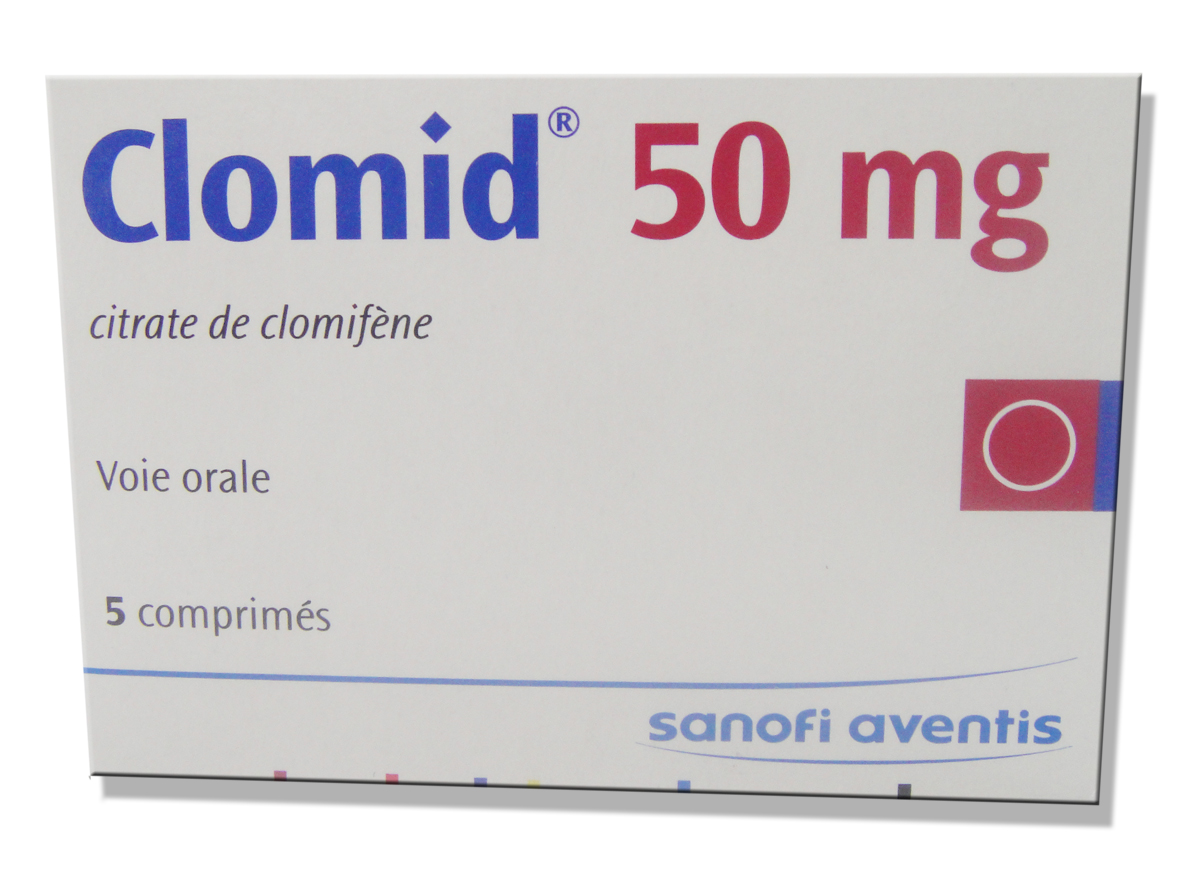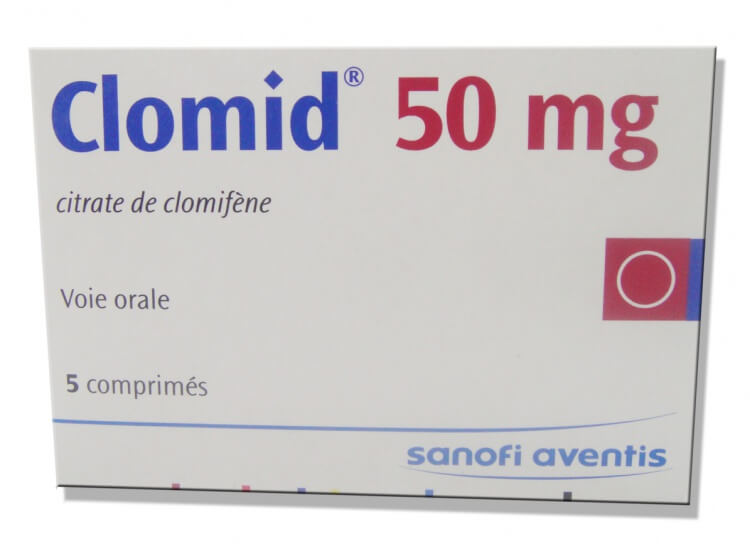
Clomid is the anti-estrogen of choice for improving recovery of natural testosterone production after a cycle, improving testosterone production of endurance athletes, and is also effective in reducing risk of gynecomastia during a cycle employing aromatizable steroids.
While it has been claimed that Clomid “stimulates” production of luteinizing hormone (LH) and therefore of testosterone, in fact Clomid’s activity is achieved not by stimulation of the hypothalamus and pituitary, but by blocking their inhibition by estrogen.
Clomid is a mixed estrogen agonist/antagonist (activator/blocker) which, when bound to the estrogen receptor, puts it in a somewhat different conformation (shape) than does estradiol. The estrogen receptor requires binding of an estrogen or drug at its binding site and also the binding of any of several cofactors at different sites. Without the binding of the cofactor, the estrogen receptor is inactive. Different tissues use different cofactors. Some of these cofactors are able to bind to the estrogen receptor/Clomid complex, but others are blocked due to the change in shape. The result is that in some tissues Clomid acts as an antagonist — the cofactor used in that tissue cannot bind and so the receptor remains inactive — and in others Clomid acts as an agonist (activator), because the cofactors used in that tissue are able to bind.
Clomid is more precisely referred to as a “selective estrogen receptor modulator.” This is because its mode of action is not so simple as merely blocking the estrogen receptor. Estrogen receptors require not only hormone but also activation of regions of the receptor called AF-1 and AF-2. AF-1, to be activated, requires phosphorylation, while AF-2 can be activated by any of a number of cofactors, such as IGF-1.
As it happens, clomiphene (and tamoxifen as well) are estrogen receptor antagonists (blockers) in cells that depend on activation of the AF-2 region, while in cells which activate AF-1, these compounds are estrogens.
In some cells these drugs activate one of the types of estrogen receptor (ERa) but are antagonists of the other type (ERb).
The result is that these compounds are antiestrogenic in breast tissue, fat tissue, and in the hypothalamus, which is what we want in bodybuilding, but are estrogenic in bone tissue and with respect to favorable effect on blood lipid profile (cholesterol levels), both of which are, again, desirable. They also appear to have some estrogenic effect on mood, though this may be in only parts of the brain (the matter is not studied.)
Clomid also has the property of reducing the adverse effect of exercise-induced damage of muscle tissue. This is very significant for endurance athletes but is not very significant, if at all significant, with reasonable weight training. Clomid does not perceptibly affect gains of the weight trainer either favorably or adversely in my experience.
The drug seems to have estrogenic effects on mood, which can be beneficial (improving relationships with women by improving empathy) or can yield depression or PMS-like symptoms, but for most users there is no significant effect either way.
The claim that duration of intake should not exceed 10-14 days is incorrect. Clinical studies with male patients have been for periods of a year or longer. This error probably originates from the fact that, for use in women, due to the menstrual cycle there would obviously be no point in trying to stimulate ovulation all four weeks of the month. Thus, use in women is limited to 10-14 days. That limitation is not because of toxicity.
Clomid is in fact useful throughout a cycle if aromatizable drugs are being used. I do think however that to be conservative, one should use it no more than 2/3 of the time throughout the year or a little less.
Clomiphene citrate is the chemical name of active ingredient in Clomid. Clomid is a registered trademark of Merrell Dow Pharmaceuticals in the United States and/or other countries.

About the author
Bill Roberts is an internationally-recognized expert on anabolic steroids and performance-enhancing drugs (PEDs). He received a bachelor degree in Microbiology and Cell Science and completed the educational and research requirements for a PhD in Medicinal Chemistry at a major American university.
Bill entered the nutritional supplement industry prior to completing his doctoral thesis but his education was invaluable so far as being able to design/improve nutritional supplement compounds, since it was in the field of designing drug molecules and secondarily some work in transdermal delivery.
His education was not specifically "geared" toward anabolic steroids other than expertise with pharmacological principles having broad applications. This has allowed Bill to provide unique insight into the field of anabolic pharmacology with knowledge of points which he would not have known otherwise.
Leave a Reply
You must be logged in to post a comment.